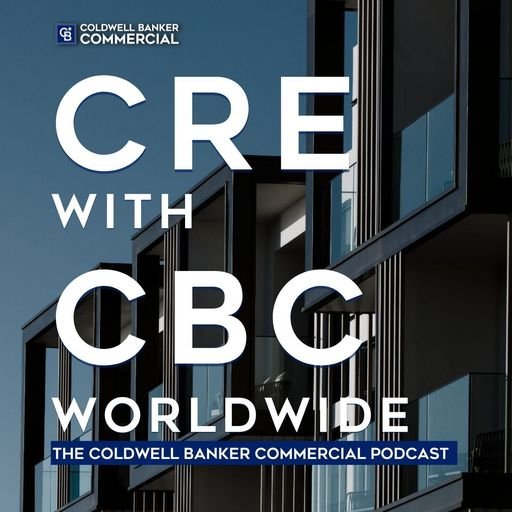Investors Set Their Sights on Secondary Metros: 4 Reasons Why

Last year, core assets were ranked second highest among investors. This year, secondary metros took that spot. Some argue that the cap rates for core assets and investors looking for assets that produce higher yields are the reason why secondary markets are looking so much more attractive to investors this year. But if you look closely, there are 4 macro reasons why investors are shifting monies and setting their sights on secondary metros.
#1: Tech Jobs
For several years, there has been an emphasis on increasing education and training around STEM (Science, Technology, Engineering, and Mathematics) jobs. What we’re seeing from investors is a follow the jobs strategy in secondary metros where there has been significant growth in STEM and NextTech jobs.
While core markets have attracted some investors following the tech jobs strategy, the vast majority of these jobs have been created in secondary markets like Pittsburgh, Provo, Indianapolis, and Charleston, South Carolina.
Several studies place two secondary metros in the top five: Dallas/Fort Worth and Atlanta, GA, knocking San Francisco out of the top 5. Low cost of living and bigger worker pools near universities have attracted STEM and NextTech employers to secondary markets, and investors are following the money there.
#2: Last-Minute-Mile Assets for E-Commerce
The increasing demand for rapid delivery due to e-commerce activity has greatly benefited secondary metros this year. Smaller industrial assets that are perfectly suited for last-minute-mile delivery for e-commerce companies are being targeted for investment as net absorption remains at record levels and growth in rent rates is climbing.
Some of the secondary metros in the industrial sector that are attracting investors include: Seattle, Atlanta, Denver, and Phoenix. Investors in secondary metros have been moving away from investments in business districts that have dominated recent e-commerce investments and are now looking at the suburbs for new investment.
#3: Price Increases in Primary Markets
From 2016 to 2017, investment deals for secondary metro assets grew while investments in primary markets like NYC, LA, Boston, and DC fell by more than 10%. Primary markets saw a drop in transactions of more than 3% while secondary markets saw an increase of over 3%.
Price increases in major markets are another reason for the recent shift from core to secondary metros by investors. In fact, last year, appreciation was greater in secondary metros for the first time in five years than it was in primary markets. That follows the same trend we’re seeing for e-commerce assets. Prices in CBDs (Central Business Districts) have been steadily increasing, pushing some investors out of the market and shifting investment to the suburbs.
#4: Floundering Retail Spaces
Finally, e-commerce’s effect on retail is also affecting investment in secondary markets. Floundering retail spaces in secondary markets that are seeing massive closures this year are attracting investors interested in new uses for these assets. Coupled with the fact that pricing for retail spaces is nearly 25% below pre-recession levels, investors are setting their sights on old malls and vacant shopping centers for new opportunities.
A Trusted Guide in Commercial Real Estate
Coldwell Banker Commercial® provides Commercial Real Estate Services from Property Sales and Leases, to Property Management. Learn how our expansive network of Independently Owned and Operated Affiliates and Real Estate Professionals use their in-depth knowledge of the local market and industry trends to help businesses and investors navigate the complexities of the commercial real estate landscape.






